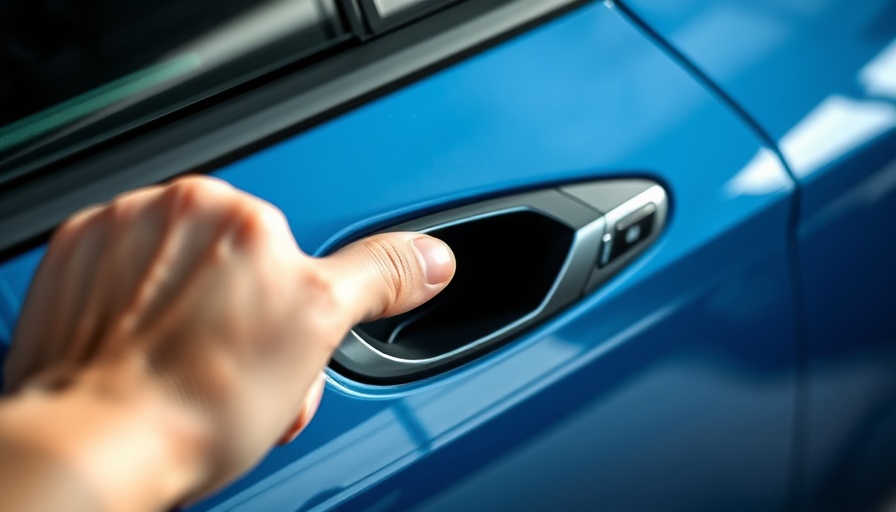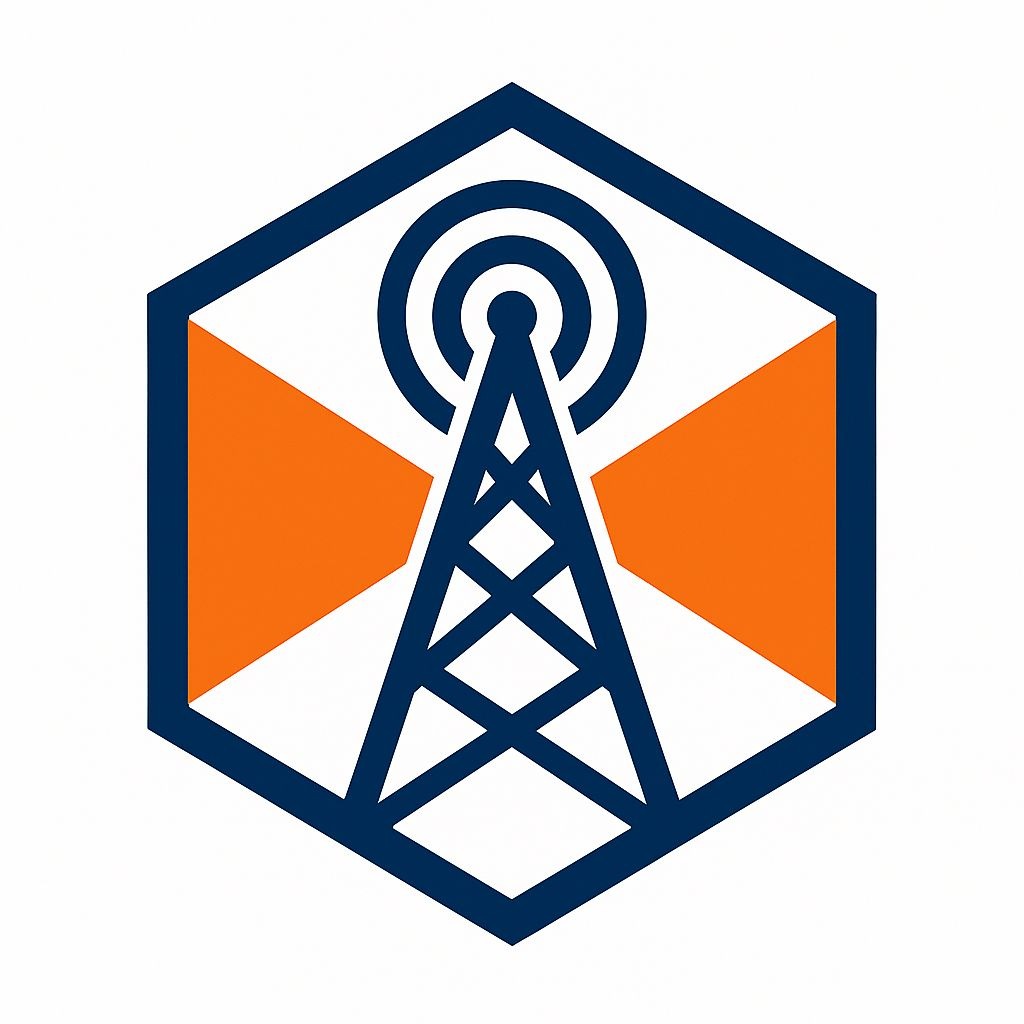
Understanding the Urgency Behind Tesla’s Door Handle Redesign
In an era of swift automotive innovation, Tesla's design philosophies have often led the way, particularly with features like the electronic retractable door handles. Yet, as proposed regulations in China threaten to challenge these elegant designs, the company faces increasing scrutiny regarding safety concerns surrounding these very features. Reports of malfunctioning handles trapping passengers have raised alarms, underscoring a urgent need for change in Tesla’s designs.
Regulatory Pressures and Design Overhauls
China's recent regulatory proposals aim to eliminate flush door handles in favor of designs that allow passengers to operate them without tools, particularly in emergencies. The planned rules could force Tesla into a complex and costly redesign especially since they've drawn criticism for their current handle mechanisms, which can become inoperative in low-voltage scenarios. Such regulations could set precedents that ripple through global automotive standards, sharing weight with reported incidents linked to the Model Y, prompting the National Highway Traffic Safety Administration (NHTSA) to initiate investigations.
Pressing Safety Concerns from the Industry
The NHTSA has documented over 140 complaints regarding Tesla's door handles, with incidents involving passengers, including children, becoming trapped inside the vehicles. Critics highlight a significant design oversight: while Tesla's models excel in crash tests, the emergency egress for entrapped passengers has been less than ideal. With Tesla responding to scrutiny by promising to merge electronic and manual release mechanisms, concern remains that rapid production cycles make implementing these changes daunting.
What Does This Mean for the Automotive Industry?
The ongoing debate underscores a profound challenge that many automakers face: balancing innovative design with safety compliance. As one expert notes, rapid advances in technology demand that manufacturers quickly adapt to both consumer expectations and regulatory environments. With Tesla already leading the charge in electric vehicle designs, how they address these upcoming regulations may influence automotive industry benchmarks worldwide.
Implications for Consumers and Future Vehicles
The potential regulations, alongside Tesla's redesign challenges, emphasize the importance of thorough consumer education regarding vehicle safety features. Consumers must understand how to operate their vehicles in emergencies, particularly with increasingly complex electronic systems. As more electric vehicles flood the market, understanding safety protocols will be crucial, potentially reshaping consumers' purchasing decisions.
Conclusion: A New Era of Automotive Safety Standards
As Tesla navigates these regulatory waters, its next steps may redefine not just its own legacy but serve as a harbinger for how the global automotive market shapes future safety standards. The pressure for compliance and consumer safety is mounting, and as history shows, there’s little room for error in innovation that overlooks the basics of human safety.
 Add Row
Add Row  Add
Add 




Write A Comment